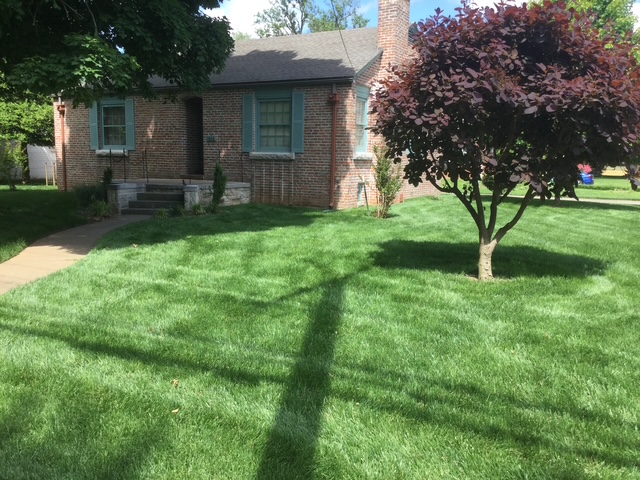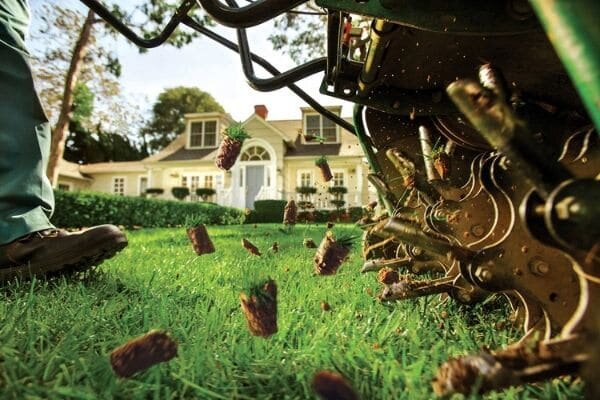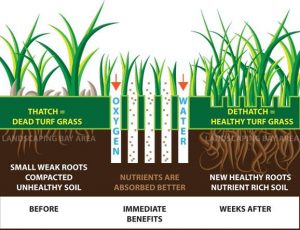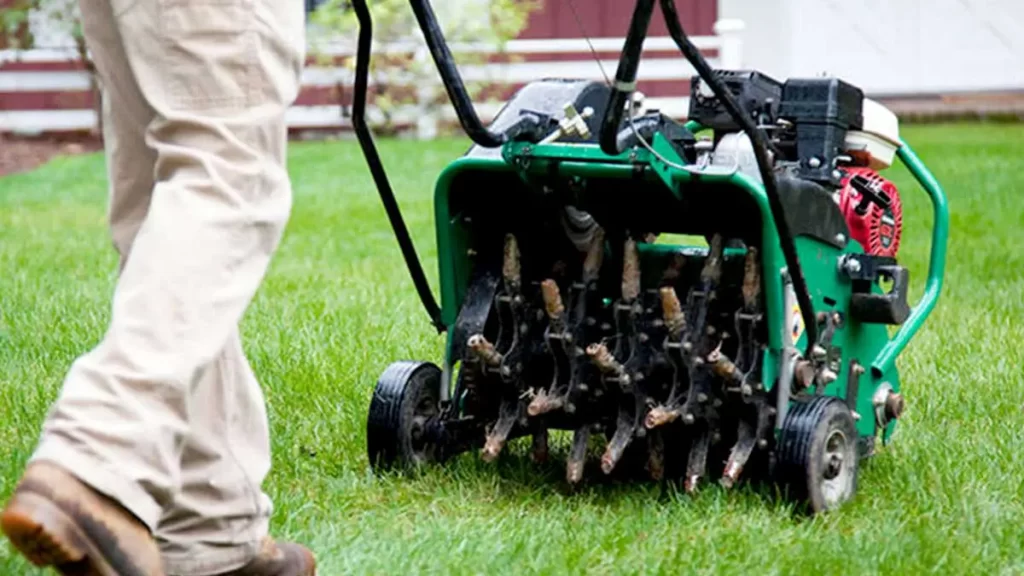Core Aeration
The Best “Extra” for a Healthier Lawn
If you’re looking for the single best “extra” thing you can do for your lawn, core aeration is it. Over time, your soil becomes compacted, making it harder for air, water, and nutrients to reach the roots. Core aeration removes small plugs of soil, relieving compaction and allowing your lawn to breathe.
The benefits? Stronger roots, thicker grass, better drought resistance, and improved nutrient absorption. It also helps break up thatch buildup and creates the perfect environment for new grass seed to thrive.
For the best results, pair core aeration with overseeding in the fall. Your lawn will thank you with greener, healthier, and more resilient turf!
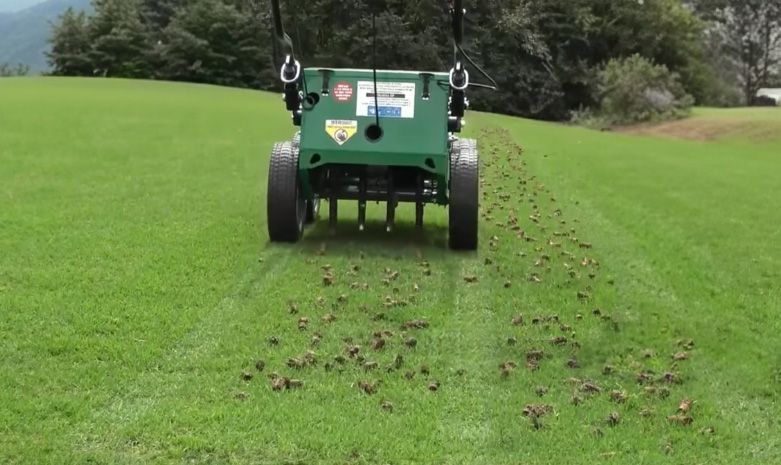
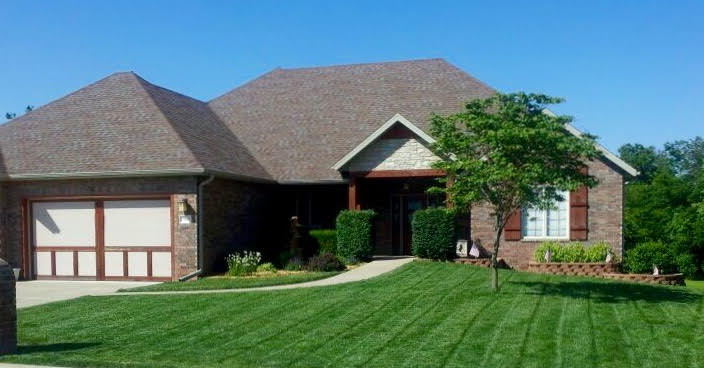
Frequently Asked Questions
Q: What is core aeration?
A: Core aeration is a lawn care process that removes small plugs of soil from your lawn to reduce compaction, improve airflow, and allow water and nutrients to penetrate deeper into the root zone.
Q: Why should I aerate my lawn?
A: Aeration helps your lawn breathe! It reduces soil compaction, improves water absorption, strengthens roots, and enhances overall turf health. If your lawn struggles with thinning grass, heavy foot traffic, or poor drainage, aeration can make a big difference.
Q: When is the best time to aerate my lawn?
A: The best time to aerate is during the growing season when your grass can recover quickly. For cool-season grasses (like fescue and bluegrass), fall is ideal. For warm-season grasses (like Bermuda and zoysia), late spring to early summer is best.
Q: How often should I aerate my lawn?
A: Most lawns benefit from aeration once a year. Lawns with heavy clay soil, high foot traffic, or significant thatch buildup may need aeration twice a year.
Q: What do the little plugs of soil do after aeration?
A: The plugs break down naturally over time, returning nutrients back into the soil. .
Q: Should I overseed after aerating?
A: Absolutely! Aeration creates the perfect seedbed for new grass by improving seed-to-soil contact. If you’re looking to thicken up your lawn, overseeding right after aeration is a great strategy.
Q: Does aeration help with thatch buildup?
A: Yes, aeration helps break down thatch naturally by introducing more oxygen and microbial activity into the soil, which speeds up decomposition.
Q: Should I water my lawn before or after aeration?
A: Watering a day or two before aeration helps soften the soil, making it easier for the aerator to pull plugs. After aeration, regular watering helps the lawn recover faster.
Q: Can I mow my lawn after aeration?
A: It’s best to wait a few days after aeration before mowing to allow the soil plugs to break down and the lawn to recover.
Q: Will aeration fix all my lawn problems, and how long does it take to see results?
A: Core aeration is one of the best things you can do for your lawn, but it works best when combined with good fertilization, proper watering, and mowing practices. Think of it as a booster for your lawn’s overall health! While you’ll start noticing thicker, healthier grass within a few weeks, the real benefits—like stronger roots and better drought resistance—continue improving over time.

